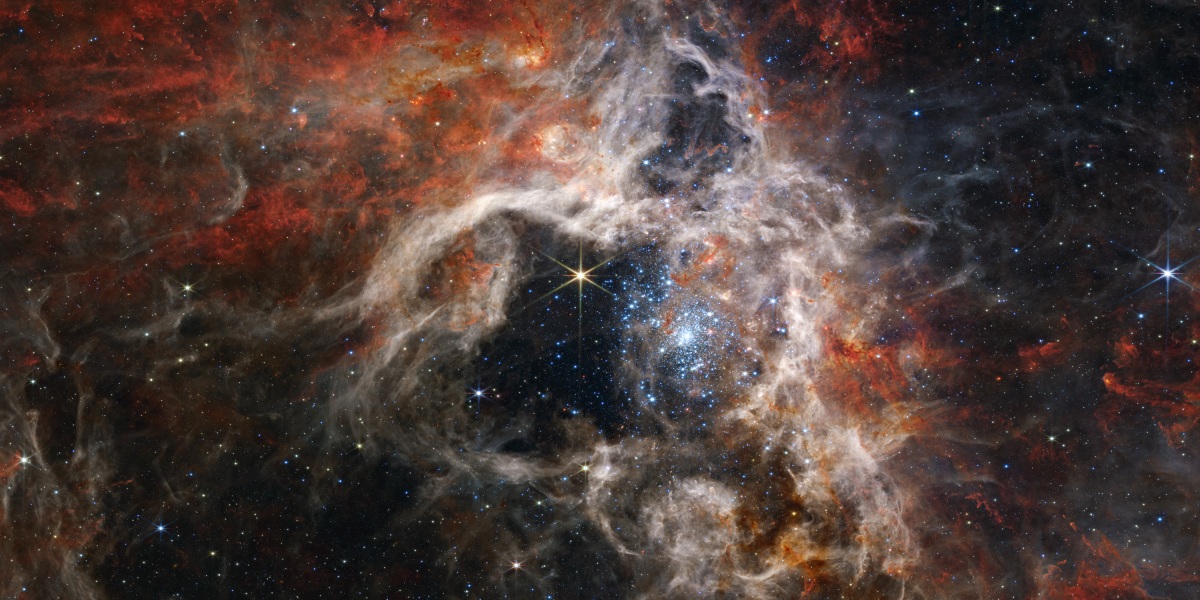
But the speed at which JWST has made discoveries is due to more than its intrinsic capabilities. Astronomers prepared for years for the observations it would make, developing algorithms that can rapidly turn its data into usable information. Much of the data is open access, allowing the astronomical community to comb through it almost as fast as it comes in. Its operators have also built on lessons learned from the telescope’s predecessor, Hubble, packing its observational schedule as much as possible.
For some, the sheer volume of extraordinary data has been a surprise. “It was more than we expected,” says Heidi Hammel, a NASA interdisciplinary scientist for JWST and vice president for science at the Association of Universities for Research in Astronomy in Washington, DC. “Once we went into operational mode, it was just nonstop. Every hour we were looking at a galaxy or an exoplanet or star formation. It was like a firehose.”
Now, months later, JWST continues to send down reams of data to astonished astronomers on Earth, and it is expected to transform our understanding of the distant universe, exoplanets, planet formation, galactic structure, and much more. Not all have enjoyed the flurry of activity, which at times has reflected an emphasis on speed over the scientific process, but there’s no doubt that JWST is enchanting audiences across the globe at a tremendous pace. The floodgates have opened—and they’re not shutting anytime soon.
Opening the pipe
JWST orbits the sun around a stable point 1.5 million kilometers from Earth. Its giant gold-coated primary mirror, which is as tall as a giraffe, is protected from the sun’s glare by a tennis-court-size sunshield, allowing unprecedented views of the universe in infrared light.
The telescope was a long time coming. First conceived in the 1980s, it was once planned for launch around 2007 at a cost of $1 billion. But its complexity caused extensive delays, devouring money until at one point it was dubbed “the telescope that ate astronomy.” When JWST finally launched, in December 2021, its estimated cost had ballooned to nearly $10 billion.
Even post-launch, there have been anxious moments. The telescope’s journey to its target location beyond the moon’s orbit took a month, and hundreds of moving parts were required to deploy its various components, including its enormous sunshield, which is needed to keep the infrared-sensitive instruments cool.






